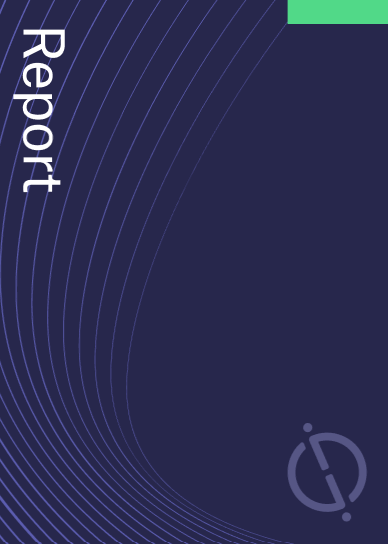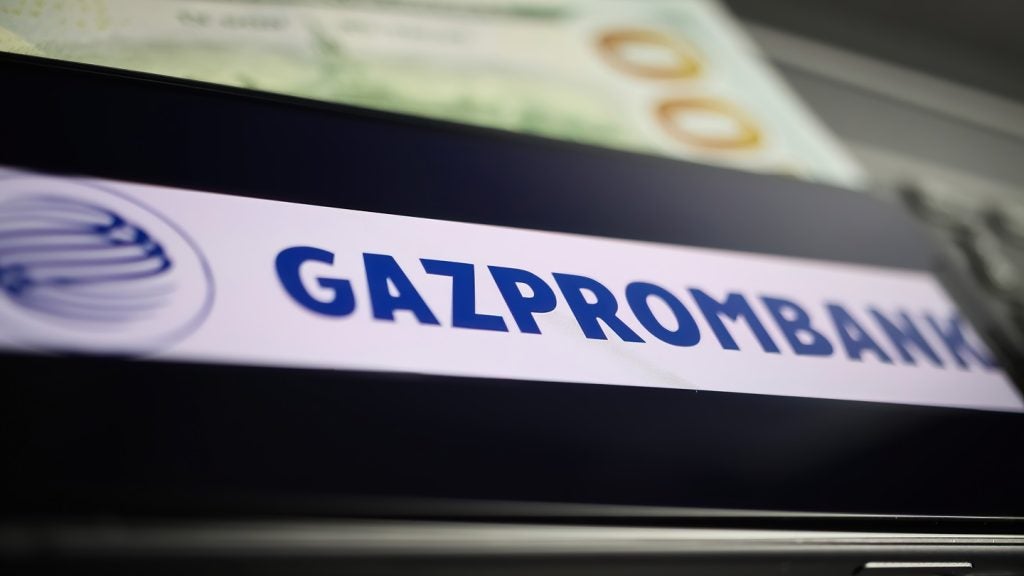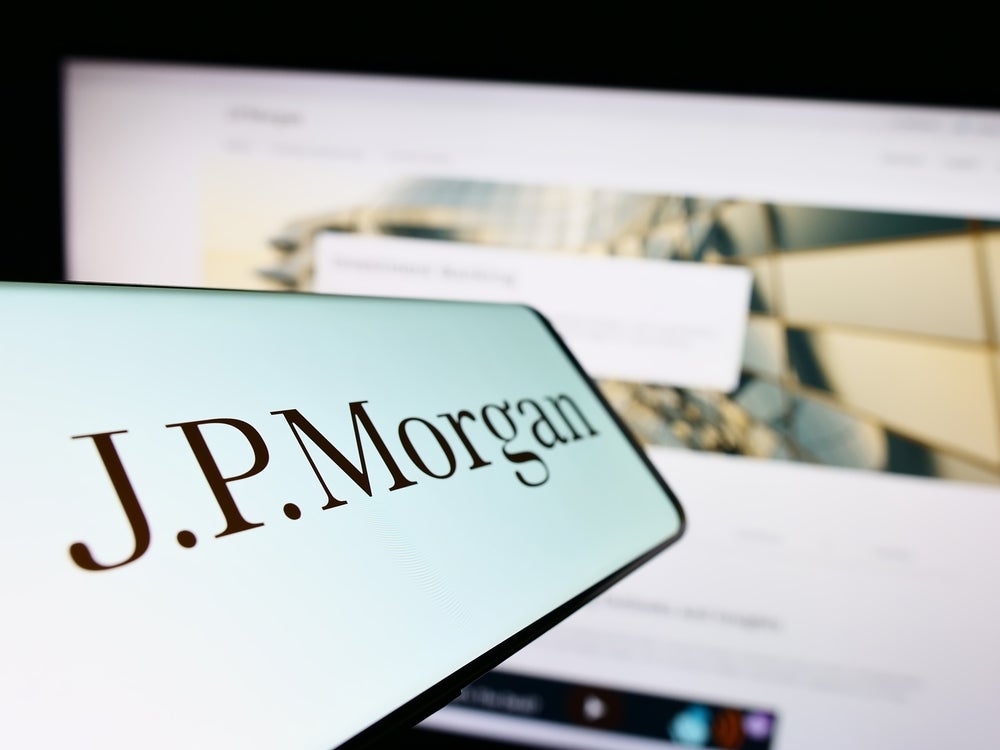Investor has filed a patent for a mobile negative pressure wound therapy (NPWT) device. The device includes a negative pressure pump, a canister, a battery, a control unit, and a pressure sensor. The device is designed to generate an alarm signal if there is an abnormal operation. The patent also covers the corresponding method for operating the device and a related computer program product. GlobalData’s report on Investor gives a 360-degree view of the company including its patenting strategy. Buy the report here.
According to GlobalData’s company profile on Investor, distributed control systems was a key innovation area identified from patents. Investor's grant share as of September 2023 was 53%. Grant share is based on the ratio of number of grants to total number of patents.
Mobile negative pressure wound therapy (npwt) device with alarm signal
A recently filed patent (Publication Number: US20230277754A1) describes a mobile negative pressure wound therapy (NPWT) device. The device includes a housing, a negative pressure pump, a canister, a wound cover, a battery, a control unit, and a pressure sensor. The control unit is responsible for activating the negative pressure pump, controlling its behavior based on predefined set-points and pressure indications from the sensor, and forming an alarm signal if the pump's behavior deviates from predefined behaviors.
The behavior of the negative pressure pump is determined based on measured operational or non-operational periods, and predefined behaviors are related to these periods. The device also includes a speaker element and circuitry for driving the speaker, which receives the alarm signal. If an unwanted leakage is identified, the control unit transitions the device to a leakage mode. Similarly, if an unwanted blockage is identified, the device transitions to a blockage mode.
The determination of the pump's behavior can also be based on measured energy consumption, with predefined behaviors related to different energy consumption ranges. This allows for efficient monitoring and control of the device's performance.
The patent also describes a wound treatment system that includes the NPWT device and a wound cover. Additionally, a method of operating the mobile NPWT device is outlined. The method involves receiving a request to activate the negative pressure pump, controlling its activation based on predefined set-points and pressure indications, determining the pump's behavior, and forming an alarm signal if the behavior deviates from predefined behaviors. The method also includes steps for identifying unwanted leakage or blockage and determining the type of alarm based on the behavior.
Furthermore, the patent includes a computer program product comprising a non-transitory computer-readable medium with stored computer program means for operating the NPWT device. The program includes code for receiving the activation request, controlling the pump, determining its behavior, and forming an alarm signal if necessary.
Overall, this patent describes a mobile NPWT device with advanced control and monitoring capabilities, allowing for efficient wound therapy management and detection of potential issues such as leakage or blockage.
To know more about GlobalData’s detailed insights on Investor, buy the report here.
Data Insights
From

The gold standard of business intelligence.
Blending expert knowledge with cutting-edge technology, GlobalData’s unrivalled proprietary data will enable you to decode what’s happening in your market. You can make better informed decisions and gain a future-proof advantage over your competitors.







